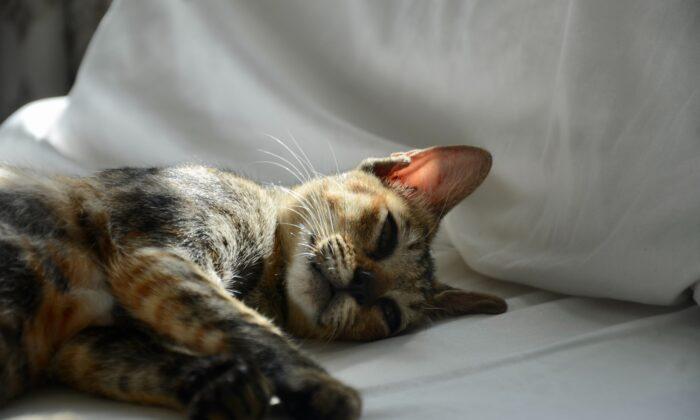Histiocytomas generally form on dogs under 3 years of age on the front half of the body, often the head. Typically, they are round, raised, dome-shaped, hairless, firm pink masses less than an inch in diameter.
The most commonly affected dogs are dachshunds and boxers, although Labrador retrievers, Staffordshire terriers, and other breeds also develop them.
The immune system usually attacks these benign tumors, making them spontaneously regress within three months of their appearance.
Histiocytomas that don’t disappear in that time and those that cause discomfort or become infected should be removed surgically or through cryotherapy. Fortunately, they rarely recur.
Other people bury their pets in a pet cemetery. Search the internet for local pet cemeteries, which are often associated with human cemeteries.
Your veterinarian may offer you the option of cremation, either group cremation or individual cremation with return of your cat’s cremains.
Two types of cremation are available: flame cremation and water cremation. Most people are familiar with the first, because it has been widely available for years.
Water cremation, also called alkaline hydrolysis, resomation, and biocremation, is newer. The process uses warm water and a small amount of an alkaline chemical, such as sodium hydroxide or potassium hydroxide, to reduce the body to liquid and bone.
This form of aftercare neutralizes any infectious organisms and drugs, including chemotherapy agents, so the liquid and bone are harmless. The bone powder resembles flame-cremated remains and can be returned to you.
Family pets are often more closely bonded than we realize, and it takes time for them to grieve a death. Cuddle Christie and Jimi more than usual. Leave Lucas’ bed in place and encourage them to sleep there.
Introduce some new cat toys, preferably interactive toys you play with together. Entertain Christie and Jimi by showing cat videos on your television.
Until the pain you are all feeling subsides, stay especially close and love each other.





